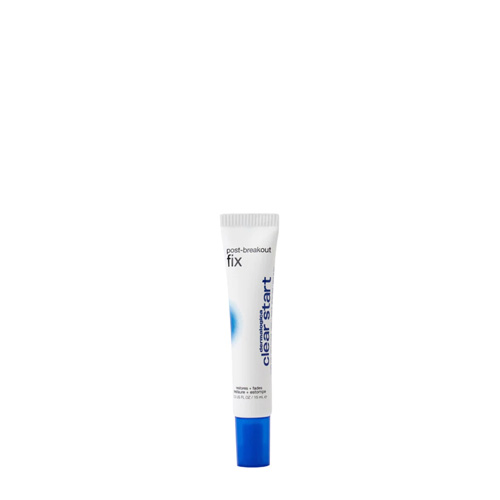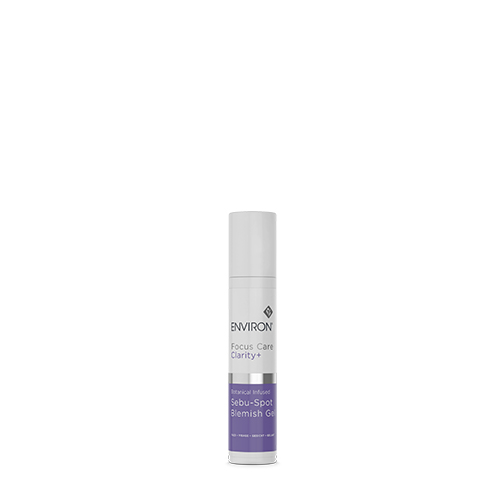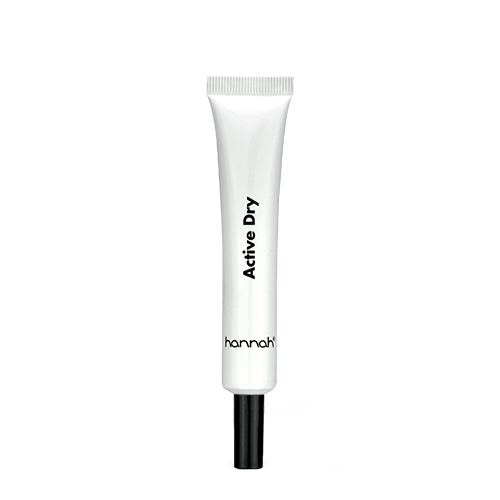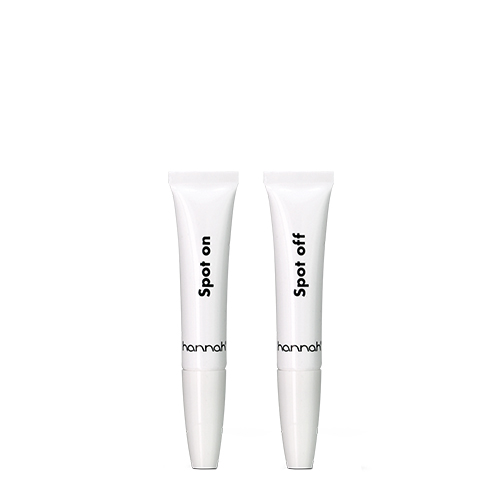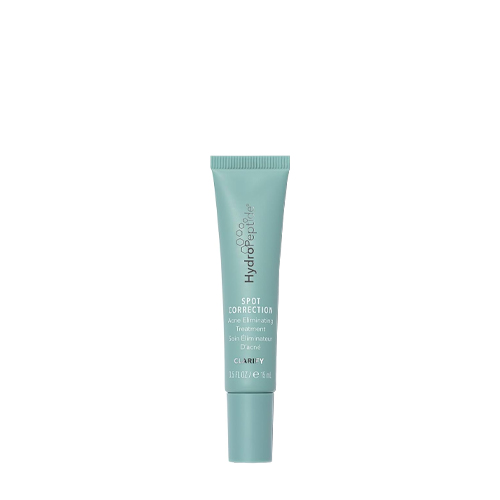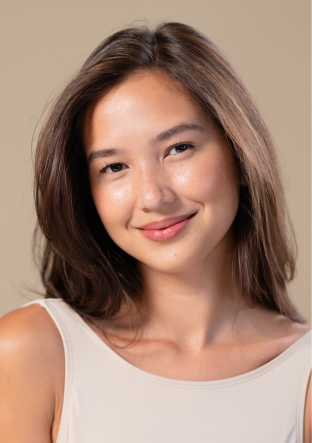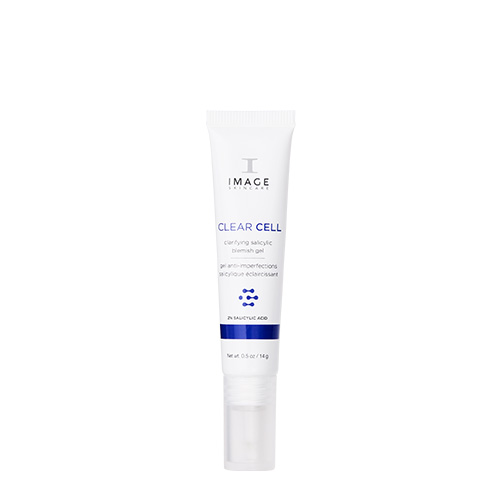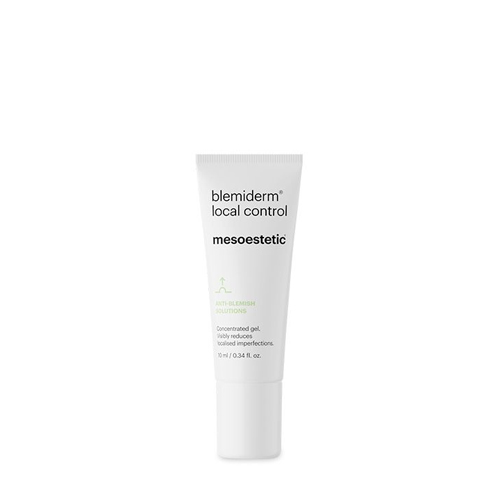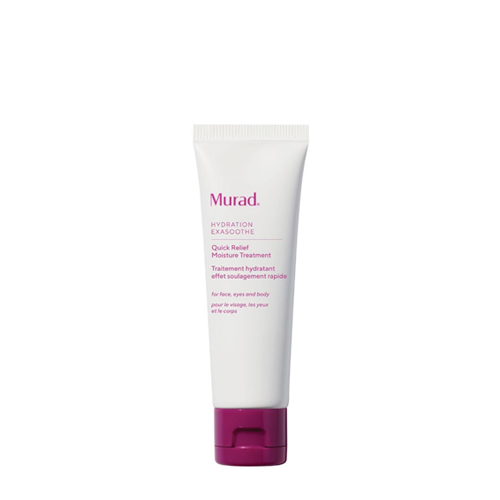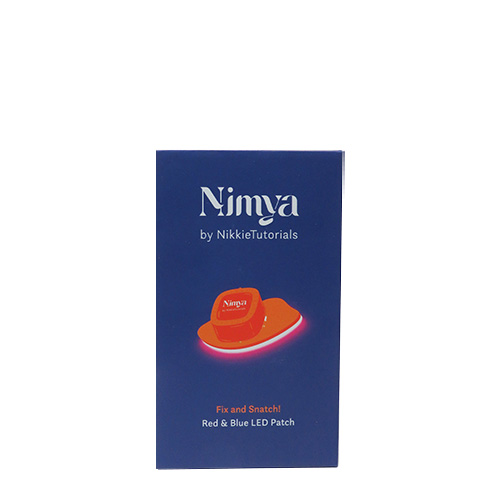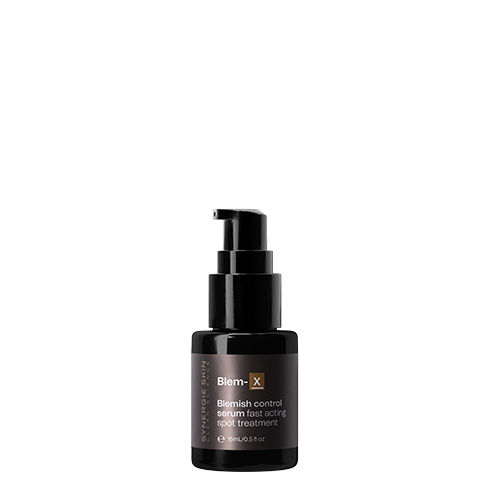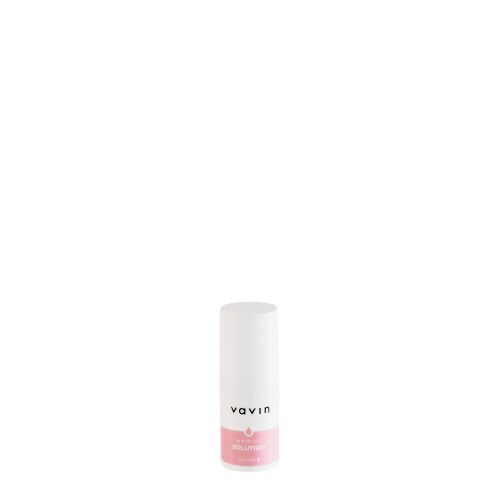
Schrijf je in voor onze nieuwsbrief
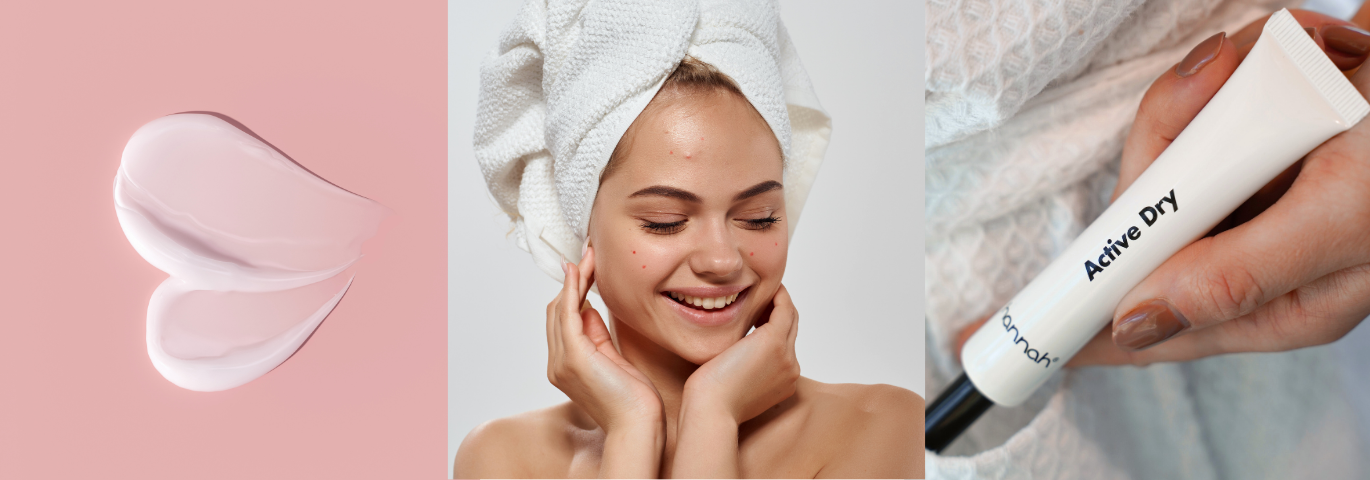
Spot Treatments
Filter products
Spot Treatments: Effective solutions for radiant skin
Spot treatments are essential to any skin care routine, especially for those struggling with pimples and blemishes. These targeted treatments are designed to be applied directly to problem areas to reduce pimples quickly and effectively. This article will discuss how spot treatments work, which ingredients are most effective, and how to use them properly.
What are spot treatments?
Spot treatments are products specifically designed to address individual pimples and blemishes. They are often formulated with active ingredients such as salicylic acid, benzoyl peroxide, or tea tree oil, known for their antimicrobial and anti-inflammatory properties.
How do spot treatments work?
Spot treatments work by cleaning pores, killing bacteria, and reducing inflammation. Ingredients such as salicylic acid penetrate deep into pores and remove excess sebum, dirt, and dead skin cells, contributing to clogged pores and blemishes. Benzoyl peroxide effectively kills the bacteria that cause acne, while tea tree oil has antibacterial and anti-inflammatory properties.
When applying a spot treatment, applying a thin layer to the pimple or blemish is recommended. Leave the product on overnight and rinse off in the morning. Repeat this process if necessary until the pimple disappears.
Effective ingredients
When choosing a spot treatment, looking at the ingredient list is important. Some common ingredients that are effective in treating pimples are:
- Salicylic acid: This beta-hydroxy acid exfoliates the skin, removes dead skin cells, and cleanses the pores. It also helps reduce redness and inflammation.
- Benzoyl peroxide: This powerful antimicrobial agent kills bacteria and reduces sebum production. It is particularly effective against pimples caused by acne bacteria.
- Tea tree oil: This natural oil has both antibacterial and anti-inflammatory properties. It can help reduce acne bacteria and redness.
Tips for using spot treatments
To get the most out of your spot treatment, here are a few helpful tips:
- Cleanse your skin thoroughly before applying a spot treatment. This helps to remove excess oils and dirt, allowing the product to penetrate better.
- Use spot treatment only on specific pimples or blemishes, and avoid applying it to healthy skin. This minimizes the chance of drying or irritation.
- Apply a thin layer so that the product can work effectively. A thick layer can irritate the skin and delay the healing of pimples.
- Avoid using multiple spot treatments at the same time. This can overload and irritate the skin. Choose one treatment suitable for your skin type and needs.
Conclusion
Spot treatments are a powerful weapon in the fight against pimples and blemishes. By targeting problem areas, they can quickly and effectively help reduce blemishes and restore clear, even skin. Choose a spot treatment with the right ingredients for your skin type and follow the tips for optimal results.
Frequently Asked Questions
Can spot treatments dry out my skin?
Some spot treatments can cause dehydration if used too often or in excessive amounts. It is important to follow the product's instructions and apply it only to specific pimples.
How long does it take for a spot treatment to work?
This depends on the individual and the severity of the pimples. Some people see results within days, while others may take longer. Consistent use and patience are essential.
Can I use spot treatments if I have sensitive skin?
Yes, spot treatments are available specially designed for sensitive skin types. Choose mild ingredients and test them on a small skin area first to avoid possible irritation.

